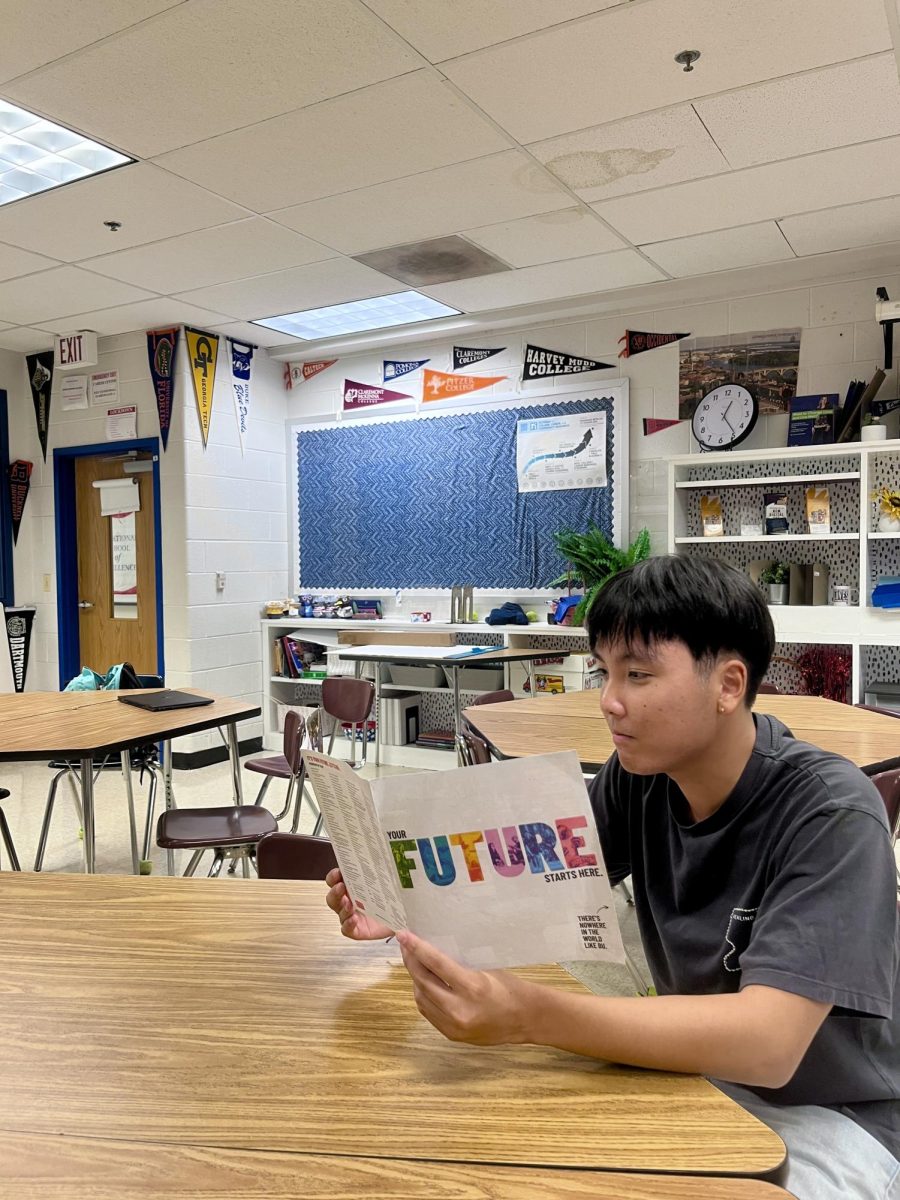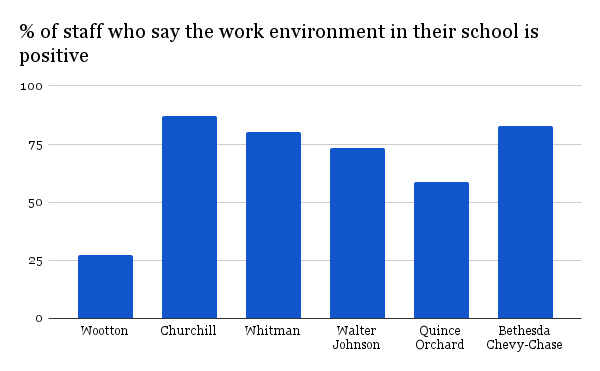Popular amongst people of all age groups are the New York Times games. Both the New York Times website and app offer a variety of free brain games and puzzles ranging in difficulty depending on the day. The available games include Wordle, Connections, Spelling Bee, Letter-Boxed, Tiles, Vertex, Sudoku, the mini crossword and NYT’s newest addition, Strands. These games can be played on any web browser or platform, making them appealing to a wide range of users. The New York Times also offers a subscription plan with game benefits such as early online access to the daily crossword the evening before it is released in print.
The crossword puzzle and the mini crossword are available at 10 p.m. EST the previous day for Monday through Saturday, and the Sunday puzzles are available at 6 p.m. EST on Saturday. All other games are reset at 12 a.m. each night. These games are then available for one play per user for the next 24 hours. Students here are among the players. “I like to play Wordle, Connections, and the Mini Crossword after school each day, they are a fun way to take my mind off of homework,” sophomore Jonathan Lei said.
According to the NYT, the first crossword puzzle was featured in the print magazine dating all the way back to February 1942. Since then, the NYT has been releasing a daily crossword. In 1993, Will F. Shortz took over the role of crossword editor and is still active in that position today. In January 1996, the NYT launched a website that included the crossword. In 2014, the NYT released its first set of new games including the Mini crossword, shortly followed by Spelling Bee, Letter Boxed, Tiles and Vertex. These six games were untouched for eight years until the NYT released Wordle in 2022, which instantly became its most popular game. “In Wordle’s earliest stages, my family and I would send our daily results in a big group chat. We took it kind of like a competition and always wanted to do better than each other,” sophomore Addison Purvis said.
Wordle is a guessing game where each player gets six tries to guess a five-letter word. With each word entered, the game produces different results based on the correct guessing of letters. If a letter stays uncolored it means it is not in the word, if a letter turns yellow it means it is in the word but not in the correct spot, and if a letter turns green it means it is in the word and in the correct spot. Once the player guesses the word correctly or uses all their tries, stats and the final correct answer are shown.
A newer game that has also reached high popularity is Connections. Connections is a game where the player is given 16 words and the goal is to make four groups of four words that all share a common thread. The categories range and the groups may have no correlation to each other. However, the words used are meant to throw you off and may relate to each other in a different way than the actual thread. “Each morning I like to play the NYT games. I think Connections is my favorite because it’s a good mind workout and a lot of fun,” freshman Caleb Cook said.


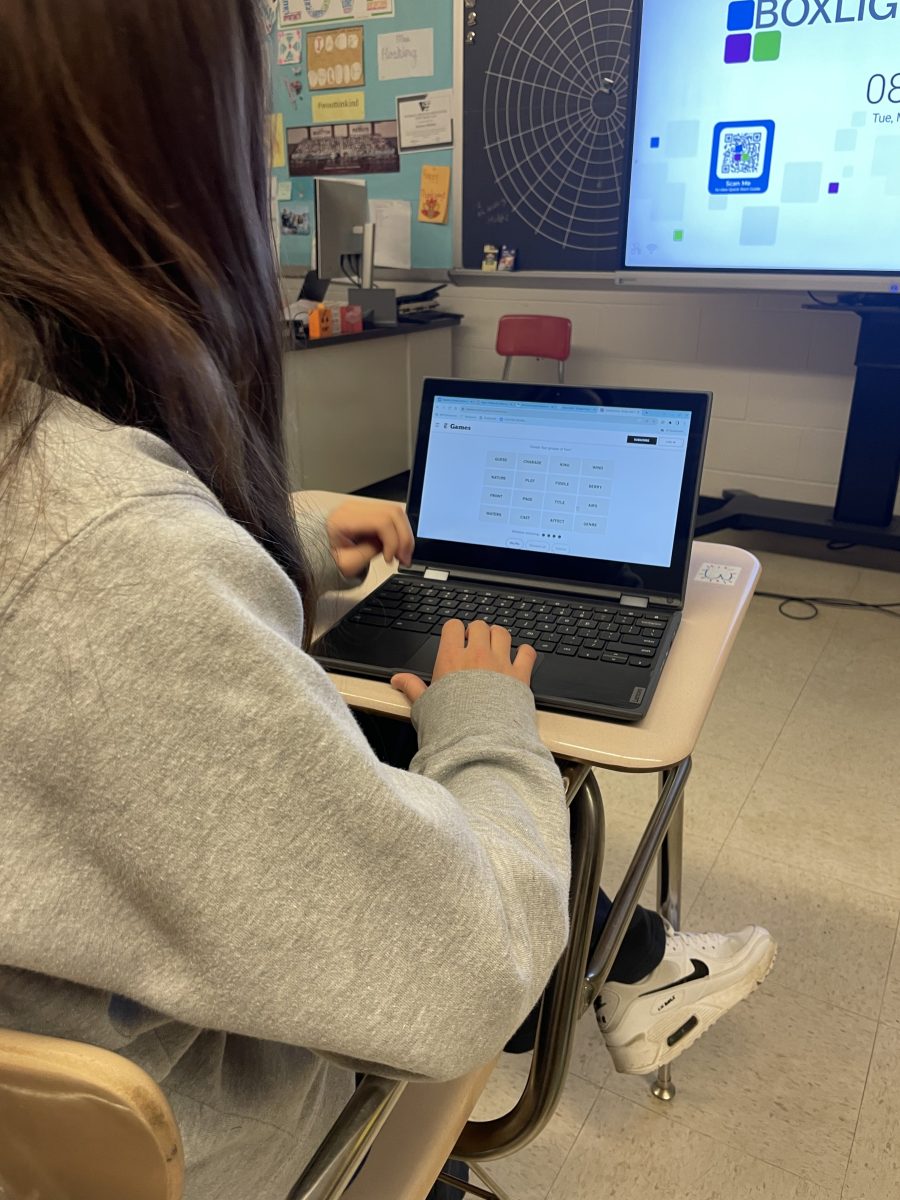
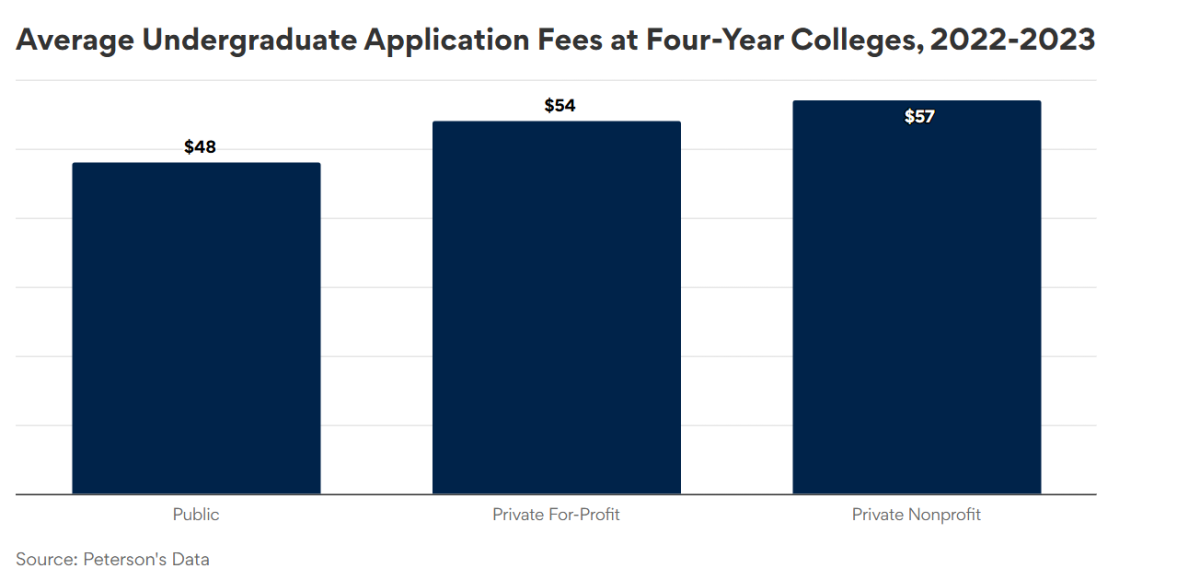
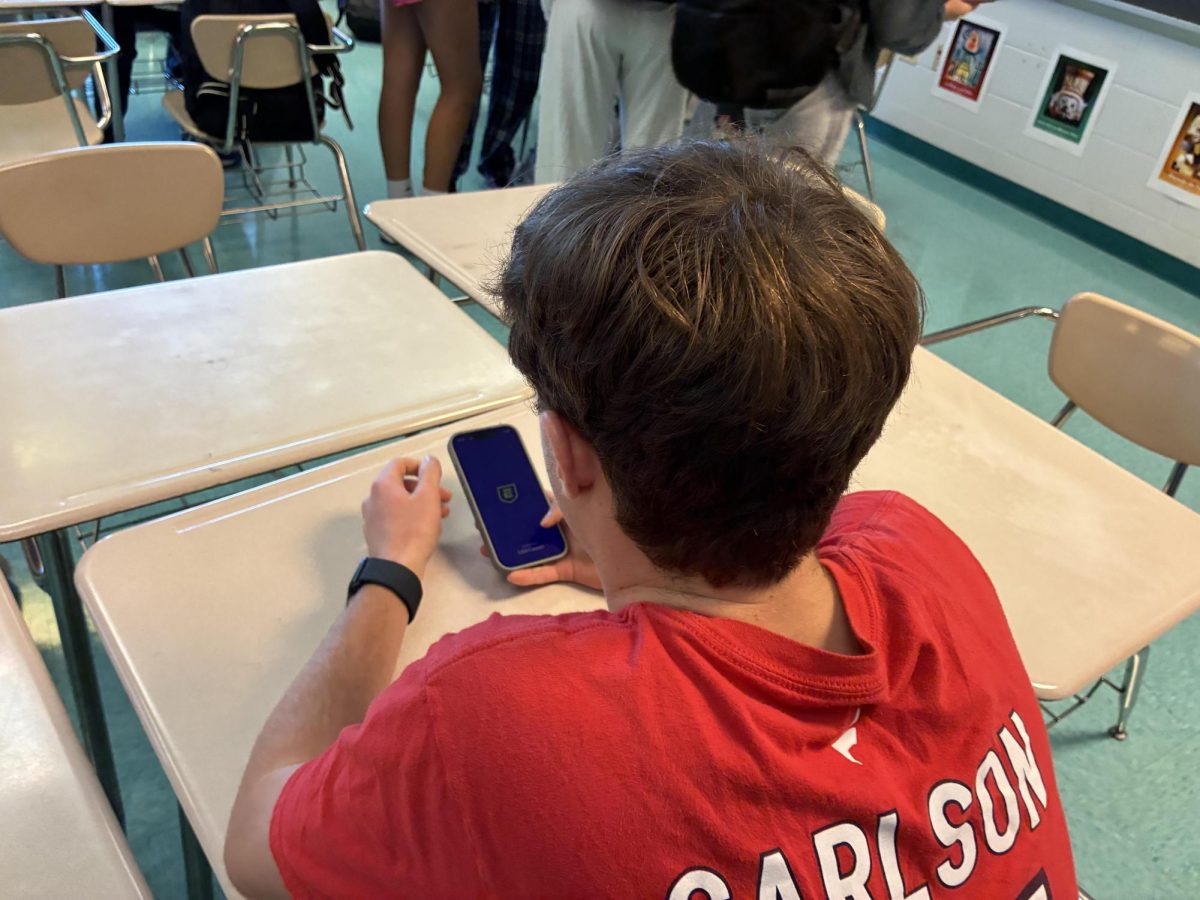
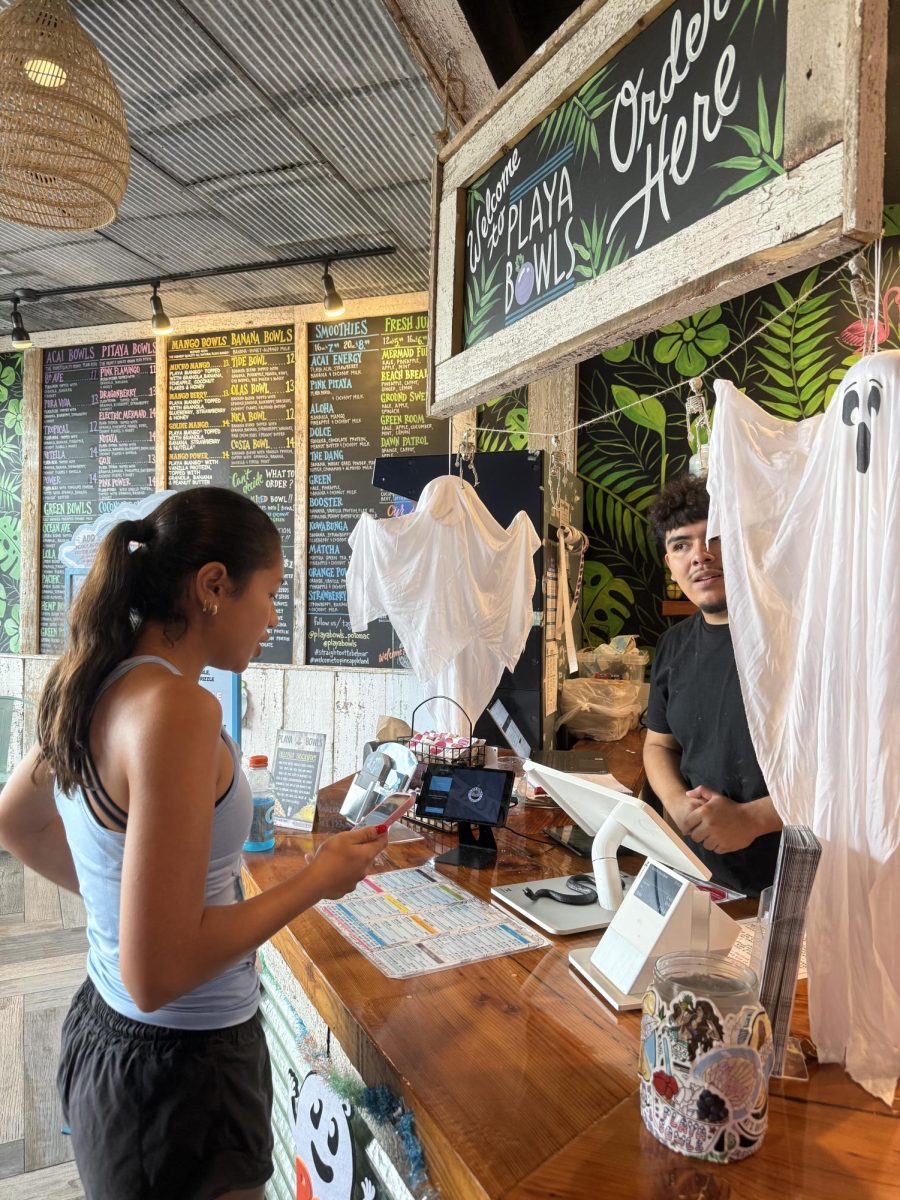
![Editors-in-Chief Ahmed Ibrahim, Helen Manolis, Cameron Cowen, Alex Grainger, Emory Scofield, Hayley Gottesman, Rebekah Buchman and Marley Hoffman create the first print magazine of the year during the October press days. “Only a quarter of the schools in MCPS have programs that are like ours, a thriving, robust program. That makes me really sad. This is not just good for [the student journalists] to be doing this, it’s good for the entire community. What [student journalists] provide to the community is a faith in journalism and that continues for their lifetimes," Starr said.](https://woottoncommonsense.com/wp-content/uploads/2025/10/wmpoFTZkCPiVA3YXA4tnGoSsZ4KmnKYBIfr18p3l-900x1200.jpg)
